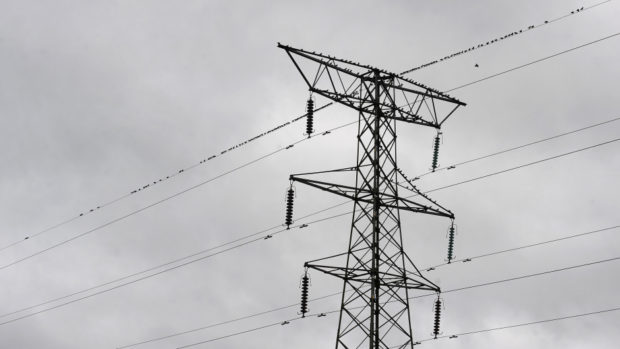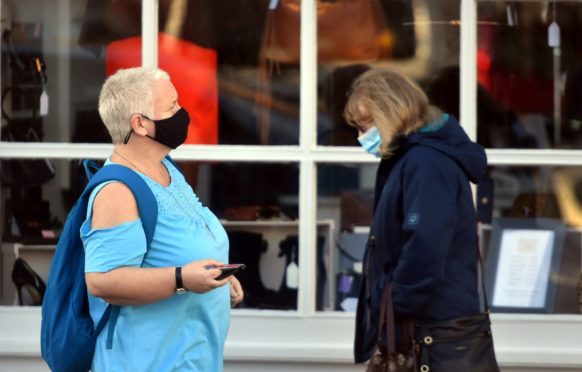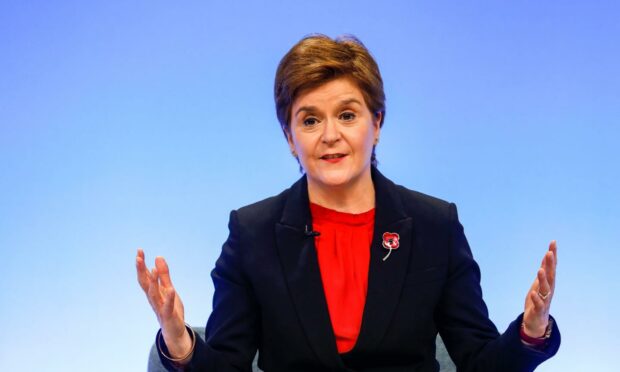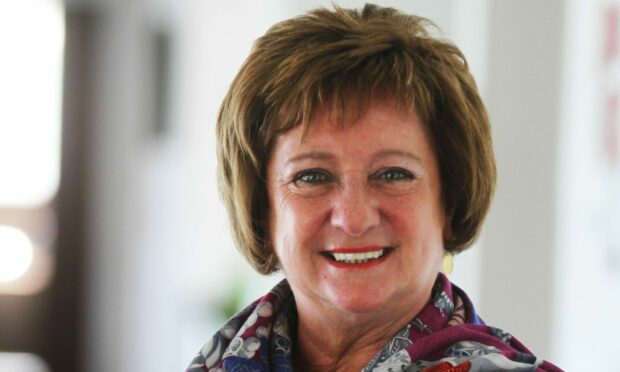Sir, – Your correspondents, Ms Lax and Dr Gillanders patently belong to those in our country who believe that the SNP are responsible for everything bad that happens including, apparently the weather.
While thousands lost power for days on end, all consumers were reconnected in Scotland by Sunday, but as I write on Monday, 1,600 homes await reconnection in the north of England.
So if Holyrood is incompetent, Westminster must be worse?
Dr Gillanders states that “this is one crisis for which the SNP cannot blame Westminster”.
Well, it probably can. When our electrical supply was in public ownership, north-east consumers could rely on a strong network carefully maintained by Scottish Hydro-Electric plc.
Then in 1989 it was privatised by the Tory Westminster government.
There is some suspicion that subsequently the private owners’ focus has been diverted from investment in the strength and maintenance of the network to the provision of dividends to their shareowners.
I think it is significant that Scottish Water remains a public utility responsible to the Scottish Government; if Scotland had been independent in 1989 it is likely that its electrical utility would also have remained public and safe from being sold into private hands.
Ken Gow, Bridge of Canny, Banchory, Aberdeenshire.
Why not have our own energy?
Sir, – Re Cambo, I have no links to the oil industry but I really can’t understand why some people, including our first minister egged on by her new green bedfellows, doesn’t want us to have our homegrown oil/gas supply which we are going to need for many years to come, preferring instead to be dependent on – to say the least, dodgy – imports from the likes of Russia.
We will transfer to cleaner forms of energy some day but not quite yet.
Alan McPherson, Grant Street, Cullen, Moray.
Some alarm over Greens’ influence
Sir, – Is anyone else alarmed at the influence the Scottish Green Party seems to have over the Scottish Government?
Firstly, two Green MSPs have a seat at the table in the Scottish Government despite their party only polling a small percentage of the vote in the recent Scottish Parliament elections.
Nicola Sturgeon has stated that the Cambo oilfield development should not go ahead.
Then Patrick Harvie says that it is only those on the hard right who support the oil and gas industry and this is not challenged in government circles.
There is no denying that energy production needs to shift from reliance on fossil fuels but this needs to be a gradual transition to allow time for renewable energy production to be stepped up. Otherwise, oil and gas will require to be imported to meet the demand from countries where environmental and safety standards may not be as good as in the UK. Ending oil and gas production in the UK abruptly will result in the loss of thousands of jobs particularly in the north-east of Scotland which will be disastrous for the Scottish economy and individuals.
The reality is that Nicola Sturgeon has only one focus and that is holding another independence referendum and is prepared to pay any price for this. Although it is the people of Scotland who will pay the price, not her.
Be careful what you wish for!
Elaine Adams, Culsten, Ballater, Aberdeenshire.



